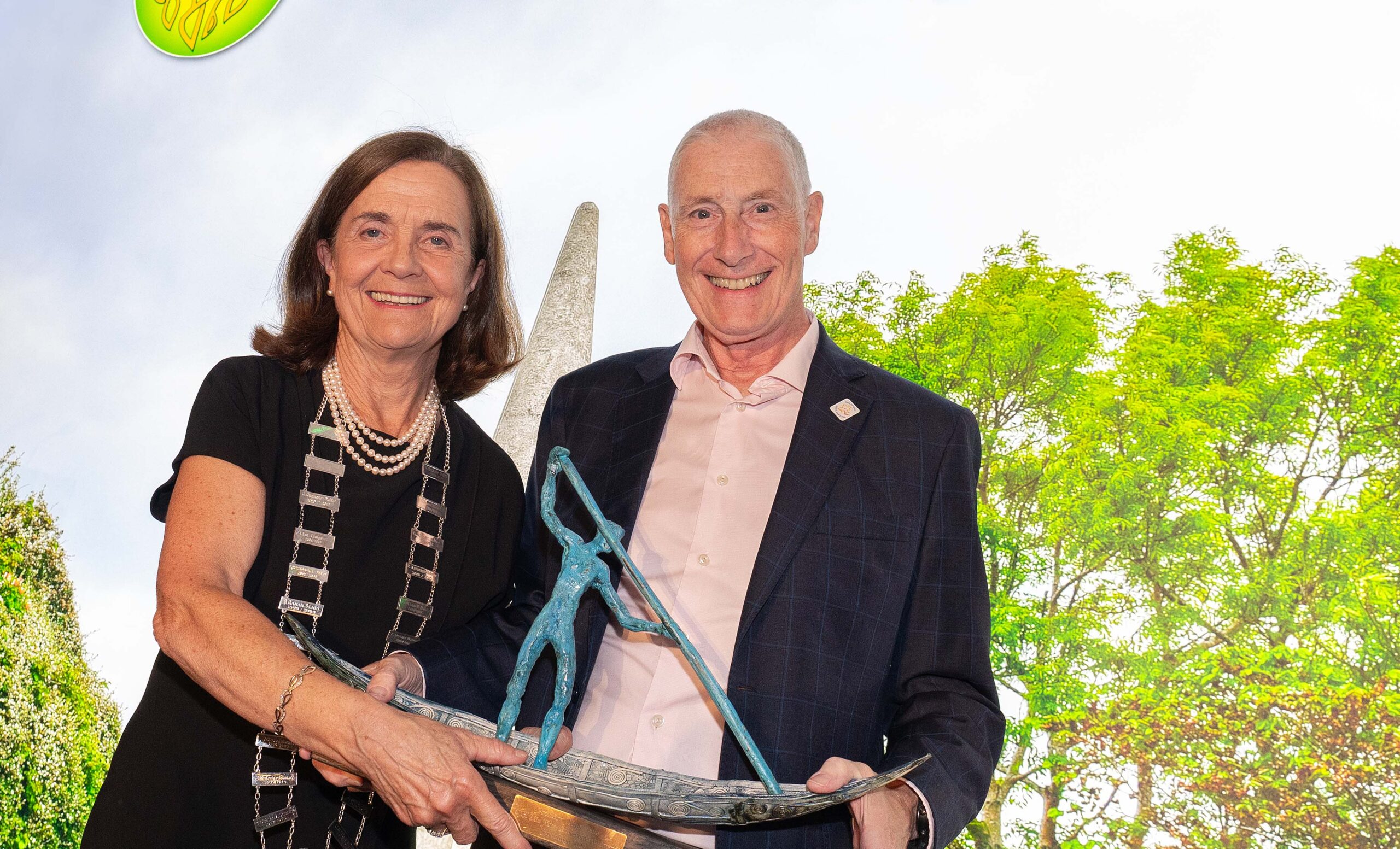Unless there is significant change, studying medicine will continue to be a path only available to middle-class students
Studying medicine is a middle-class activity. It has always been this way. I have noticed recently while researching pioneering female doctors of the early 20th Century that most of them came from well-to-do, mostly Protestant families, with fathers who were clergymen or bank managers or engineers. Middling men. Not upper-class, not dripping in property and titles, but certainly not short of a few bob, and keen for their offspring to progress up the social ladder.
When Donogh O’Malley introduced ‘free’ education in 1966,
it was anticipated that the opportunity for educating and bettering oneself was
now up to the individual, accessible to anyone who worked hard and knuckled
down. (Incidentally, O’Malley was married to Dr Hilda Moriarty, one of those
aforementioned pioneering female doctors). The gates of the universities would
be flung open and there would be equal access for the Frank McCourts and the
Vere Wynne-Joneses alike. Anyone who applied themselves could apply.
Of course, it soon became clear that ‘free’ education
wasn’t that free at all. There were still books to buy and uniforms to source
(and they must come from the exclusive uniform shop with the exclusive uniform
crests and for the exclusive uniform 300 per cent profit margin price). There
are ‘voluntary contributions’, which are about as voluntary as an invitation
from a Mafia boss to shine his shoes. Arts and crafts materials, photocopying
charges, the fiver for the bus to the Sciath na Scol final, the
donation for Sister Agnes’s retirement sandwiches. It all adds up, and that’s
just in junior infants. It’s a long and expensive road from there to
university.
And when your child is filling in the all-important,
life-defining, ‘don’t-mess-this-up-or-you’re-doomed’ CAO form, they may not yet
realise that the decision they are making is not simply an academic one, it is
an economic one too. A parent might be delighted to hear that little Emily has
decided to be a doctor, until they realise the price they will have to pay
before she ever gets her hands on an overpriced Littmann. Secondary schools in
areas of deprivation are still far less likely to have students progressing to
third-level education of any kind, and when it comes to courses such as
medicine, the figures for entrants from these schools are tiny (a recent HEA
report showed that UCC, UCD and RCSI have fewer than 5 per cent of students
from these areas). There are many reasons for this, but fundamentally it comes
down to class and privilege, and the cosy social protection that those things
provide. Expectations are lowered in schools in disadvantaged areas, which is
of course a self-fulfilling cycle.
A young woman who was attending a DEIS school told her
guidance counsellor that she was considering applying for medicine. The
counsellor looked at her up and down and said “ah no, I don’t think so”. The young
woman was undeterred, however, and started looking into the course herself, and
how she might apply. None of her family members had been to university, so she
wasn’t quite sure how it all worked, and she soon encountered another stumbling
block.
It turned out that medicine is a ‘special case’. It has
been decreed from ‘on high’ that your run-of-the-mill Leaving Cert/CAO hamster
wheel is not enough of a hoop to jump through. You must also participate in the
HPAT, the Health Professions Admissions Test, which was introduced in 2009 with
the “intention of broadening access to medical school”. A review carried out in
2012 stated that “candidates from disadvantaged backgrounds represent less than
4 per cent of all applications to medical school. The reforms introduced in
2009 have not changed this trend”. So HPAT didn’t help to broaden access. Did
it hinder it? The price of sitting the exam was €140 in 2019. There were
reassurances at the outset that HPAT was an assessment based on aptitude and
inherent personal qualities, rather than a test of knowledge, and therefore
scores could not be improved by studying or tutoring. It became rapidly
apparent, however, that those students who enrolled for preparatory courses
were more likely to achieve higher scores, so lo and behold, some kind souls
started to offer students the opportunity to hone their skills and increase
their chances of success. These courses start from €200 for an online course,
to €1,295 for a luxury package, complete with one-on-one coaching. One of the
providers has this little gem on its website to justify the high cost: “Irish
doctors who have not yet become fully-qualified GPs can receive pay of over
€80,000 a year while they are still in training, and obviously this amount will
significantly increase once they become fully qualified. Thus, relatively
speaking, the cost of a HPAT preparation course is minor compared to your own
potential earnings as a medical professional.”
On what planet does such a scenario encourage equal and
equitable access to medical school? There is an immediate and explicit bias
built in from the outset, before a person has even turned over their English
Paper One in early June. These fees are extortionate, in my view. And it turns
out that a high score on your HPAT doesn’t even make you a ‘good’ doctor. A
2017 study compared HPAT scores with the Jefferson Scale of Physician Empathy
and showed no correlation, suggesting no clear link between a high HPAT score
and better interpersonal skills.
And so the division
persists, and the children of the bankers and lawyers and lecturers will fill
our hospitals and surgeries, while everyone else is left behind.




Leave a Reply
You must be logged in to post a comment.